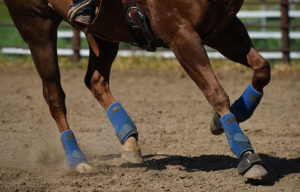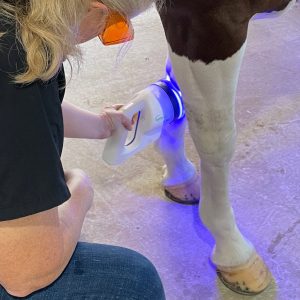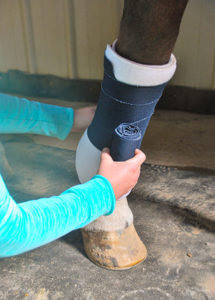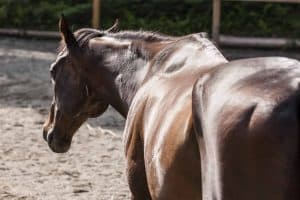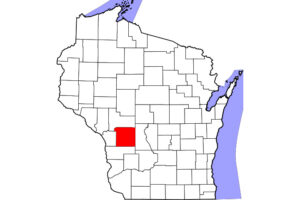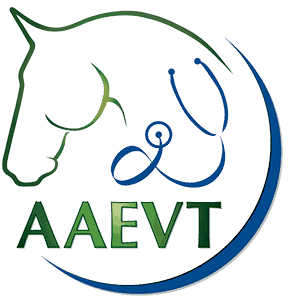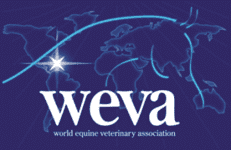Is Selenium Deficiency Deadly to Horses?
The warnings are nothing new to owners: Too much selenium in a horse’s diet—even as little as 5 mg per day—can cause signs of toxicity or even death. But did you know too little selenium can also be life-threatening?
Andrew Allen, DVM, an assistant professor at Washington State University’s (WSU) College of Veterinary Medicine, in Pullman, reviewed several recent cases of death due to selenium deficiency in adult horses at the 2016 American College of Veterinary Internal Medicine Forum, held June 8-11 in Denver, Colorado.
In equids, Allen said, the muscle disease nutritional myopathy (also referred to as white muscle disease), resulting from a selenium deficiency, generally presents itself in young, rapidly growing foals. Affected foals can show a variety of clinical signs depending on disease severity, including painful hind limb, back, or neck muscles with increasing weakness, stiffness, trembling, and recumbency (the inability to rise); difficulty swallowing; an irregular heartbeat; generalized weakness; and sudden death. This condition, however, is rare in adult horses.
However, in 2014, the bodies of two Paint horses from the same farm were brought to the Washington Animal Disease Diagnostic Lab at WSU for necropsy. The examiners found that both horses had myonecrosis (muscle cell death) of the head and skeletal muscles, subcutaneous edema (fluid accumulation beneath the skin), pleural effusion (fluid accumulation in the chest cavity), and ulcerative glossitis (an ulcerated and inflamed tongue)
Create a free account with TheHorse.com to view this content.
TheHorse.com is home to thousands of free articles about horse health care. In order to access some of our exclusive free content, you must be signed into TheHorse.com.
Start your free account today!
Already have an account?
and continue reading.

Written by:
Erica Larson
Related Articles
Stay on top of the most recent Horse Health news with




